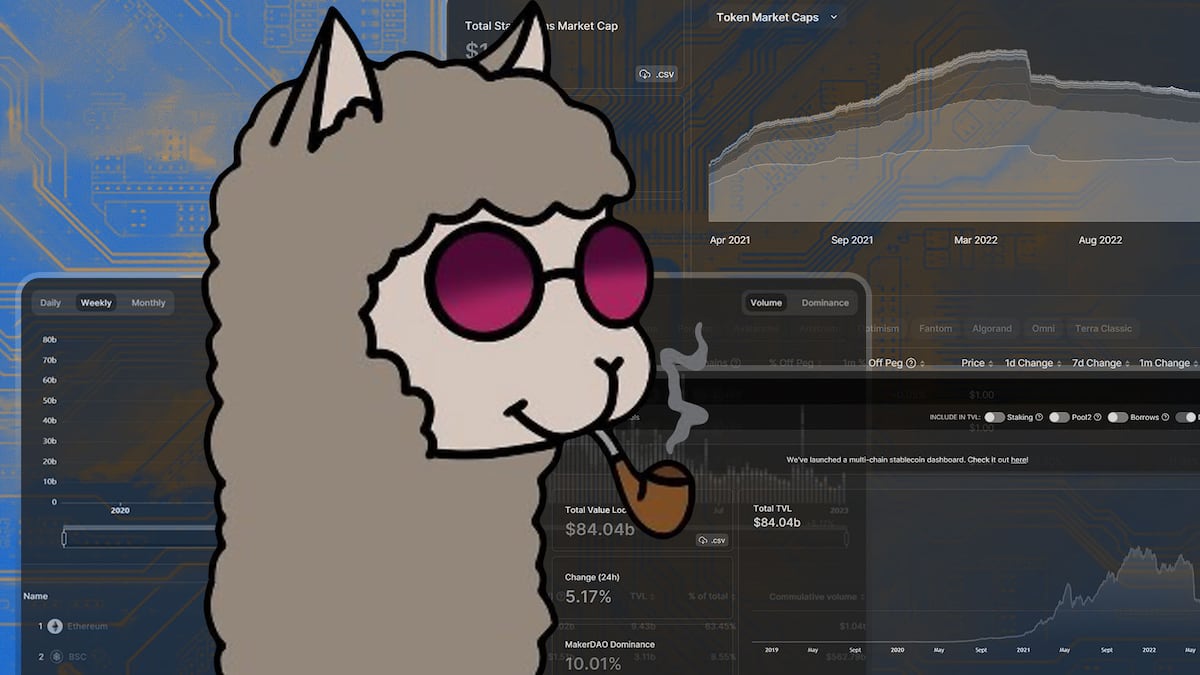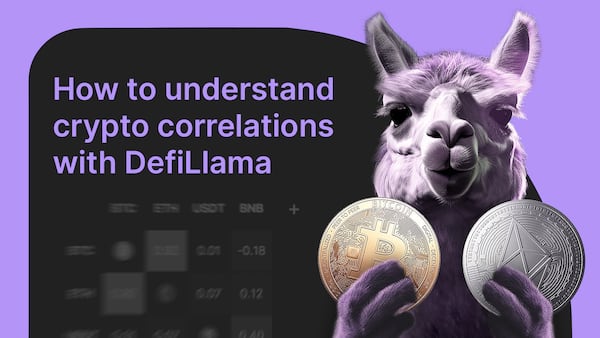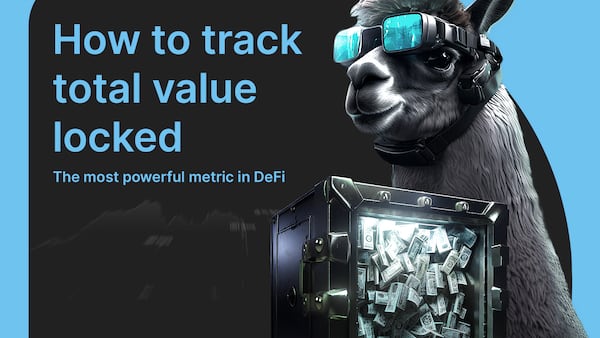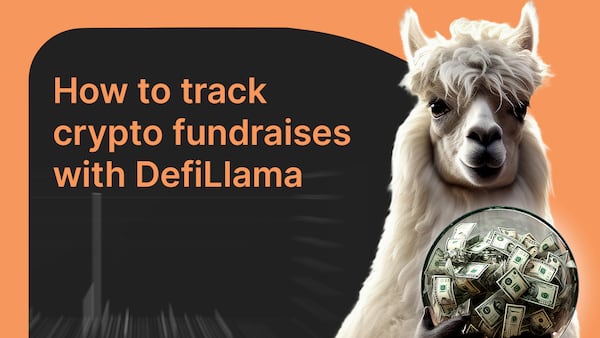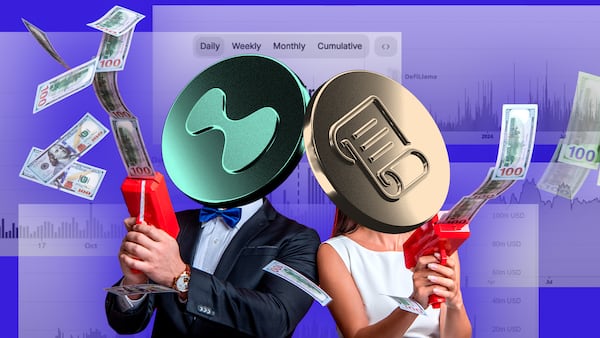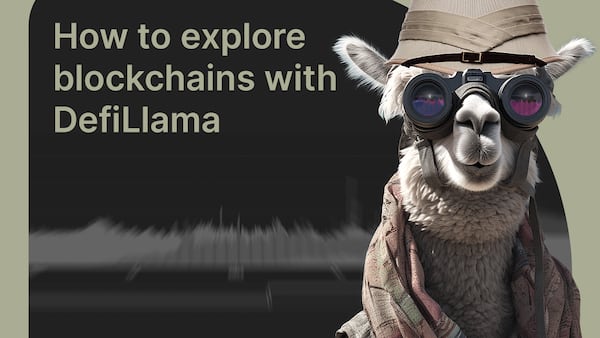- DefiLlama’s paid subscription service now features custom dashboards.
- Pseudonymous dev 0xngmi sat down to discuss the motivation behind the new feature and the never-ending work that goes into the broader DefiLlama product.
DefiLlama data isn’t just for the self-proclaimed degenerates making leveraged bets on volatile crypto markets.
It’s been cited by the Federal Reserve Bank of New York, the European Central Bank, the Bank for International Settlements, and other temples of high finance now trying to wrap their heads around blockchain technology — or DLT, as “suits” like to call it — and decentralised finance.
Both the degens and the suits, however, can benefit from doing more with that data.
This week, DefiLlama launched a new feature for Llama+ subscribers: the ability to build and share custom dashboards tailored to their specific needs.
DefiLlama users who pay for a Llama+ subscription can create an unlimited number of dashboards and share read-only versions with their collaborators, in addition to existing perks like LlamaFeed, CSV downloads, and support for custom calculated columns.
And DefiLlama’s pseudonymous developer 0xngmi told DL News that DefiLlama will eventually add more features to the Llama+ custom dashboards.
The llama lore
DL News — a DefiLlama sister company — sat down with 0xngmi to talk about the new feature and his reluctant embrace of what sometimes feels like the role of “DeFi police.”
DefiLlama, an aggregator of blockchain data, has long featured the fees and revenue that protocols generate. But its first webpage offering this data was overwhelming, and users flocked to the “worse version,” 0xngmi said — a slimmed-down page showing just the protocols and a single top line number.
That became the main page — and it immediately angered DefiLlama’s power users, 0xngmi recalled.
While DefiLlama kept the simpler dashboards front and center, its developers set out to build something for its more advanced users.
“The point is that if you’re a Pro user, you can just go there and you can go crazy,” 0xngmi said.
“You can build these weird tables with all the metrics that you want and combine them, in any way you want.”
That includes, of course, 0xngmi’s favourite charts, like the one tracking the median yield paid out by DeFi protocols and another tracking the dominance of so-called liquid staking protocols in the DeFi ecosystem.
The data available to Llama+ subscribers remains free on DefiLlama. But it’s an enormous amount of data to navigate. DefiLlama tracks almost 5,000 protocols spread over some 400 blockchains; it tracks airdrops, bridges, oracles, raises, hacks, and centralised exchanges; and it tracks protocol yields, volumes, and revenues.
“Something I’m jealous of is other people building software businesses where you just build the thing and, like, that’s kind of it,” 0xngmi said.
All software needs to be patched, of course. But most of the work goes into adding new features to an existing product.
“In our case, it’s this constant fight to just keep the product as-is,” 0xngmi said. “The default state is for it to regress over time and get worse.”
Protocols change. New versions are released. Entirely new blockchains and protocols enter the fray. Many are interoperable — DeFi protocols are often referred to as “money legos,” after all.
Wash trading is rampant. Lack of standardisation in a largely unregulated, nascent industry leads to social media squabbles over which data service best captures a project’s success – or lack thereof.
That has made DefiLlama, and 0xngmi with it, a sort of arbiter of crypto data.
“I didn’t want to become a DeFi police and just police all these metrics and be like, ‘Yeah, this is good, this is bad.’ I was more like, ‘We’re just presenting the data, and this is all left to our users.’”
But he’s grown to accept it.
“At the end of the day, users use us because they want to see where activity is going on and which kind of things are hot. And if there’s some protocol that has huge numbers, but they’re all fake, it makes our product way more useless.”
Aleks Gilbert is DL News’ New York-based DeFi correspondent. You can reach him at aleks@dlnews.com.
With additional reporting from DeFi Correspondent Zachary Rampone.


